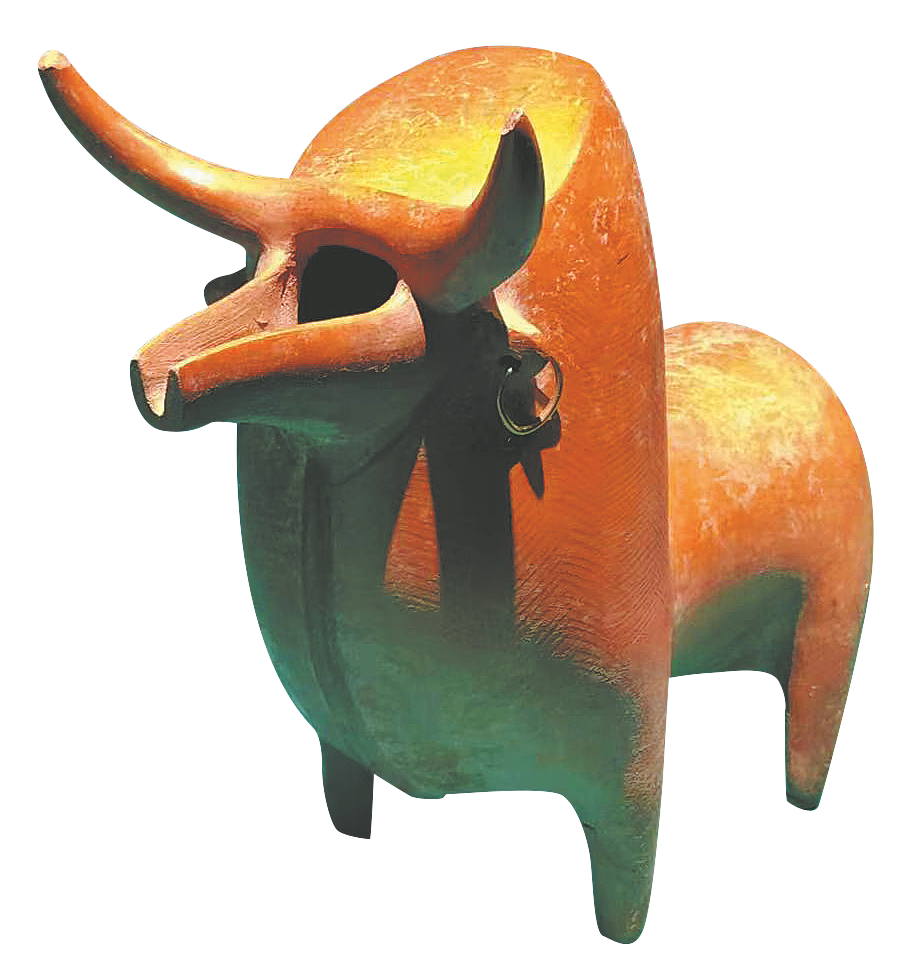

The Great Wall may be one of the best-known landmarks of ancient China, but Iran had its own counterpart, the Great Wall of Gorgan. Spanning 200 kilometers in northern Iran, this defensive system dating back to the fifth to sixth centuries was also witness to confrontations and mixing between nomadic and agrarian cultures.
Through the jars and cooking pots unearthed by the wall on display in the exhibition, visitors are able to imagine the way frontier soldiers once cooked.
Following its adoption of the Arabic script, many artistic forms developed in Persian writing.
"That makes Persian one of the few writing systems in the world to have calligraphy," Zhai says.
In China, which has its own long tradition of calligraphy, this cross-cultural resonance may be particularly cherished.
A red painted plate with Persian and Arabic inscriptions is the only artifact in the exhibition that comes from the Palace Museum's own collection. Made during the rule of Ming Dynasty (1368-1644) Emperor Zhengde (1506-21) and bearing the dates of his reign, it was once part of the Chinese imperial collection.
It echoes another exhibit found in a sage's tomb in Ardabil, Iran. The blue-and-white bowl is marked with the dates of Ming Emperor Xuande's reign (1426-35).